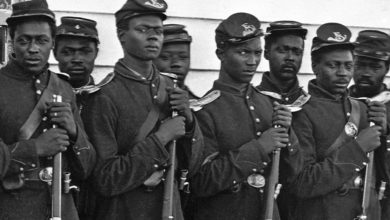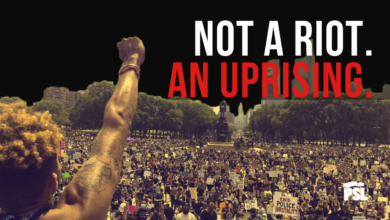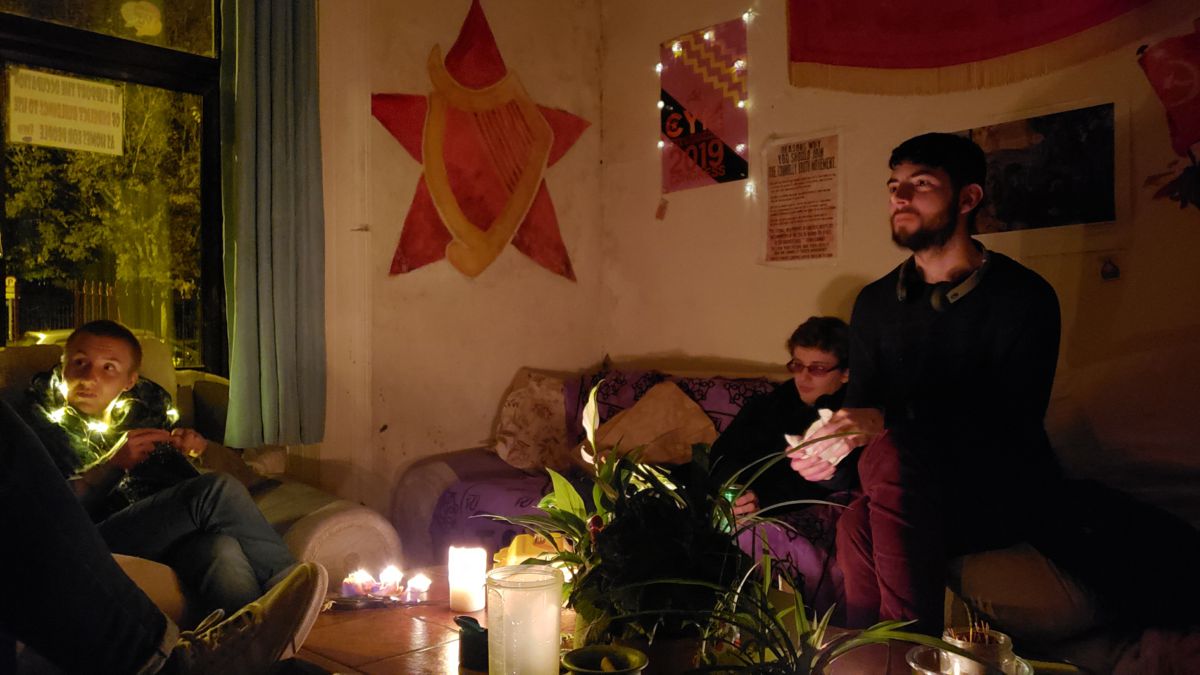 Two summers ago I was hired in a phone interview at the now bankrupt A&P foodstore. I mentioned in the interview that I had previously worked there as a teenager. The manager, anxious to hire someone with previous experience, hired me by phone and sent off the offer letter for the position. A little more than a week after I began working, I received a call on my day off telling me, “I’m sorry, but we are not going to need you anymore because we think the work might make your back hurt.”
Two summers ago I was hired in a phone interview at the now bankrupt A&P foodstore. I mentioned in the interview that I had previously worked there as a teenager. The manager, anxious to hire someone with previous experience, hired me by phone and sent off the offer letter for the position. A little more than a week after I began working, I received a call on my day off telling me, “I’m sorry, but we are not going to need you anymore because we think the work might make your back hurt.”
I was surprised because I had stocked all the shelves, kept the dairy aisle in order and completed all the tasks on time, even early. It was odd to me since I never raised having any back pain. It was only afterwards that I began to think about the reason.
After I moved to New Mexico in 2015, I was hired as a security guard at a local casino. I was told by management: “We have the older guys work outside, not inside of the casino.” The position outside paid $1.50 less an hour. My 80-year old Latino co-worker who worked day shift was not considered for an indoor position, but worked outdoors during the day due to his poor night vision. He was still working because he could not survive on the Social Security of a worker who had earned minimum wage his entire life.
I’m new to being seen as an older worker, but having arrived at this stage in my life I have come to know what we call age discrimination. I’m telling this story not to adopt a new identity as an “older worker,” but to build the maximum unity of workers of all ages to stand up to this discrimination that impacts younger and older alike.
At the casino, older workers were pitted against younger. To maintain our positions we were asked to turn in our “tips” to management—essentially a bribe. Working in the parking lot we didn’t get tips, but management insisted that we were holding back. When I didn’t turn in my non-existent tips, I was made a “floater,” which means I was given ten minutes of notice to fill an open shift. At the times when I couldn’t work or didn’t answer my phone, I was written up by management. On the verge of being fired for too many write ups (3), I decided I was better off going to three scheduled job interviews to find a better job (“floaters” couldn’t schedule days off).
AARP reports that 58 percent of workers believe that age discrimination begins in their 50s and 64 percent of workers say that they have seen or experienced age discrimination at work. One in five workers in the U.S. is over the age of 55. A University of California, Irvine study showed the following: “…employers were less likely to call in older applicants overall for interviews in three categories—office administration, retail sales and security guard. Among all four categories, callback rates were about 35 percent lower for older workers than for younger workers.” The same study found that older women workers faced even more discrimination and had an even lower rate of callbacks.
Propelling a fuller discussion of ageism coupled with sexism has been the appearance of Carrie Fisher in her role in “Star Wars: The Force Awakens.” Fisher, said to “look her age” at 59, stars in a role as the “fierce fighter” General Leia. I like to think of older workers as fierce fighters.
I have discussed experiences of discrimination with workers my age and older. In many cases, the language is not as overt as the casino management, but couched in the following ways: “You are very overqualified for this position.” Or the other extreme: “You don’t have any experience bagging groceries.” After submitting 2,400 applications and having been interviewed 58 times over the past two plus years, I know there has to be a discriminatory process to weed through the thousands of applicants for the few jobs that are available—ageism being one of the many discriminations that are fostered under capitalism.
Up until the point where the gray began to overtake what was formerly called “salt and pepper” in my hair, I had been offered many good paying and even union jobs over a 30 year work history. In fact, other older workers have told me that it is because we worked during a time when unions were more prolific and wages not as slashed that we are seen as a threat in part-time, low wage work environments where younger workers might and often times do unite with older workers to challenge bosses to win more. A younger comrade of mine has nearly the same job as one I had in college (at the same company); he earns a dollar less an hour now than I did in 1985! Imagine if both of us worked there now at the same time!
According to a 2011 Christian Science Monitor report, this experience is the norm for U.S. workers: “The standard of living for Americans has fallen longer and more steeply over the past three years than at any time since the US government began recording it five decades ago.” And that trend is continuing with the overall economic crisis.
Overall, getting older is not so bad. Last fall, a boxing coach friend invited me to spar with some of the new guys at a local gym’s fight night. My 25-year-old opponent and friend lasted only three rounds before giving up despite his significantly longer reach, height and overall strength. In this friendly match, I landed more (measured) punches while my foot work prevented my opponent from slipping inside.
Although in sports we may challenge youth, in the real struggles in the workplace our eyes must be together focused on fighting the bosses. We must build the maximum solidarity between older and younger workers of all nationalities—those employed and those seeking work. This is key to building a movement to push back racist and fascist forces like Donald Trump.
Trump is using the economic hardships faced by workers who envisioned having “more,” or maybe even surviving better, along with more middle class sectors into his world view that the blame should fall on the most oppressed. However, history records that workers have won the most in times of greatest unity against the bosses—in times when workers were inspired by the struggle for eliminating the profit system altogether and raised the need to fight for socialism. The conditions exist for real-life fierce fighting General Leias to fill the workplaces in workers’ struggles to come. May unity be with us!






